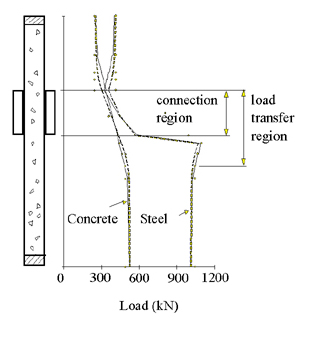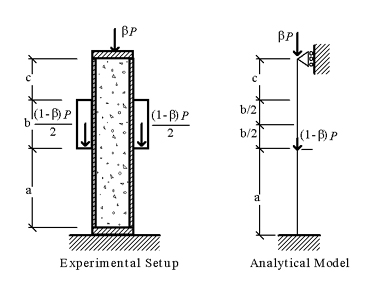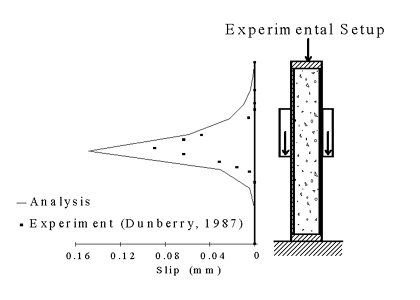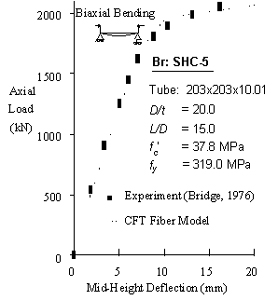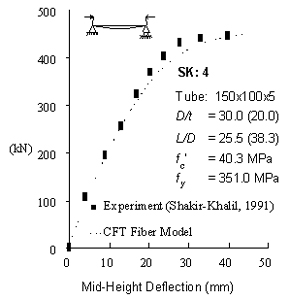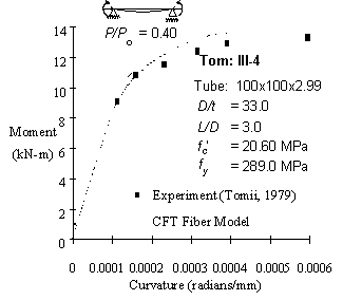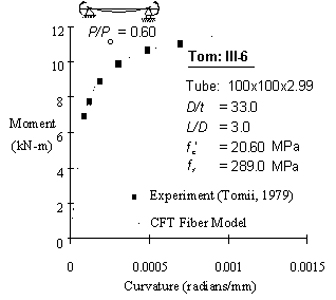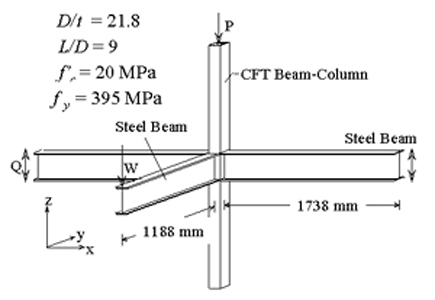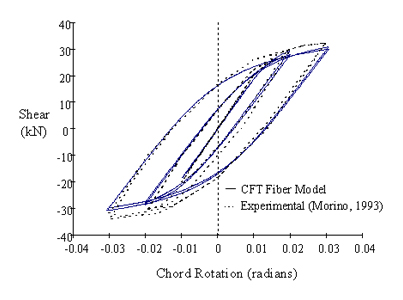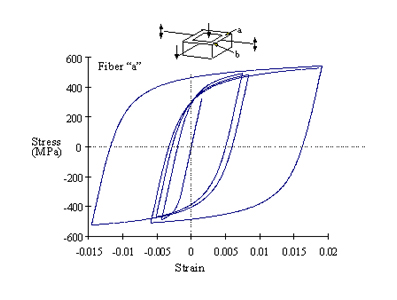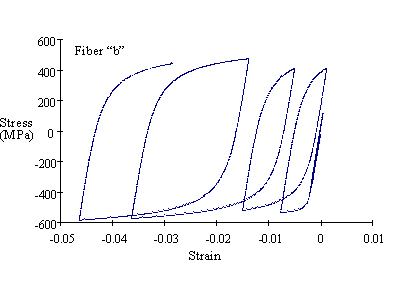|
Three-Dimensional Distributed Plasticity "Fiber" Finite Element Formulation for RCFT Beam-Columns |
|
|
Principal Investigator: |
Sponsors: |
Graduate Students: Undergraduate Students: |
|
| Finite Element "Fiber" Formulation |
|
| Concrete/Steel Interface Slip Formulation |

|
Stress-Based Bounding Surface Formulations |
|
| Calibration and Verification of Slip Model |
Analysis compared to a series of tests to calibrate and
verify slip model parameters
|
| Comparison of Analytical and Experimental Results: Monotonic Verification Studies |
|
| Verification of a Three-Dimensional Cyclic CFT Subassemblage |
|
| Applications of the CFT Fiber Model |
|
| Home | CFT Macro Element | CFT Fiber Element | CFT PBD Phase I | CFT PBD Phase II |

